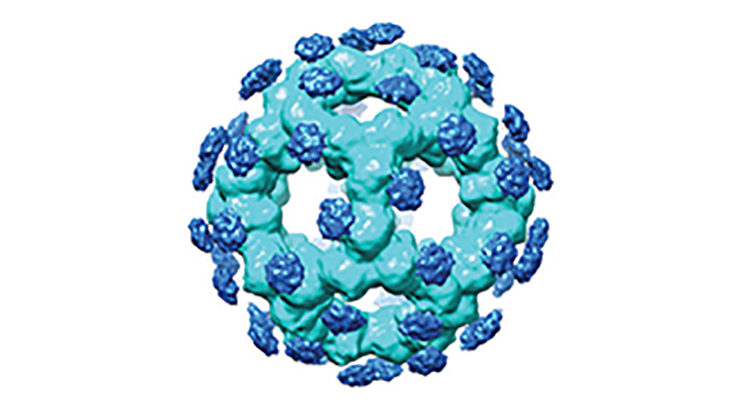Versatile Display Scaffold for Cryo-TEM Imaging and Analysis
ID# 2017-4583
Technology Summary
Cryogenic electron microscopy (cryo-EM) has changed the landscape of structural biology. Advances in cryo-EM software, hardware, instrumentation, and data collection now permit high resolution structural solutions of proteins that are not amenable to NMR or crystallographic methods. However, these incredible breakthroughs have largely been restricted to proteins and complexes that are large (>200kD), hydrophilic, and often symmetrical. To overcome these limitations, Penn State inventors have developed a versatile molecular platform that can enable cryo-EM approaches for previously poorly behaved specimens, including small proteins and therapeutic small molecules.
Application & Market Utility
These protein scaffolds can be sold as a “plug-and-play kit” format either individually or as a panel of scaffold reagents that enables users to try different variants to optimize the conditions for their specific application: addressing problems with aggregation, sample spread across the grid, overcoming preferred orientations, display of membrane proteins. The primary intent of these reagents is as display scaffolds for electron microscopy purposes. They can also be used for immunization of animals for antibody production, and maybe one day, immunization of humans.
Next Steps
Seeking research collaboration and licensing opportunities.

